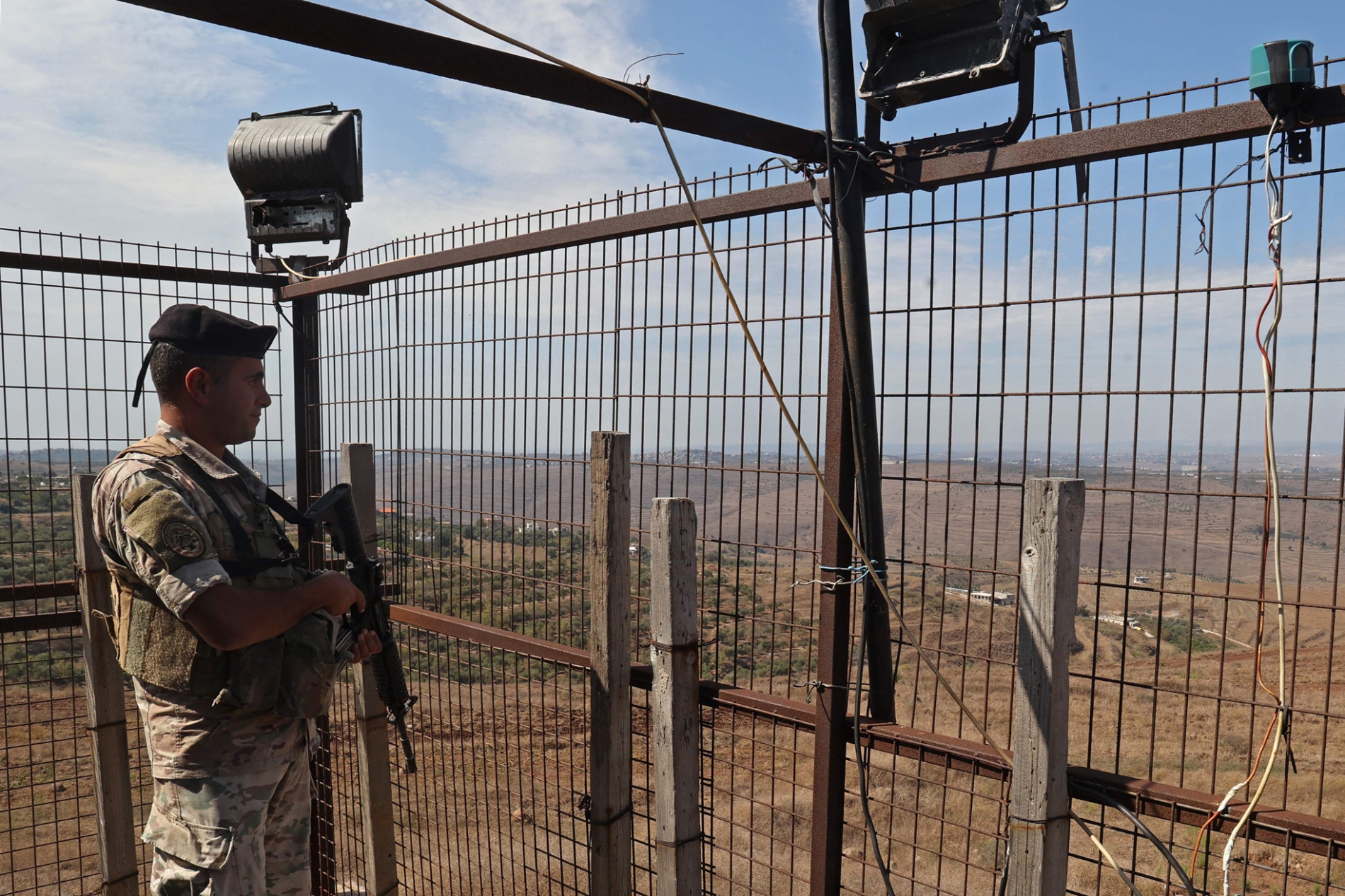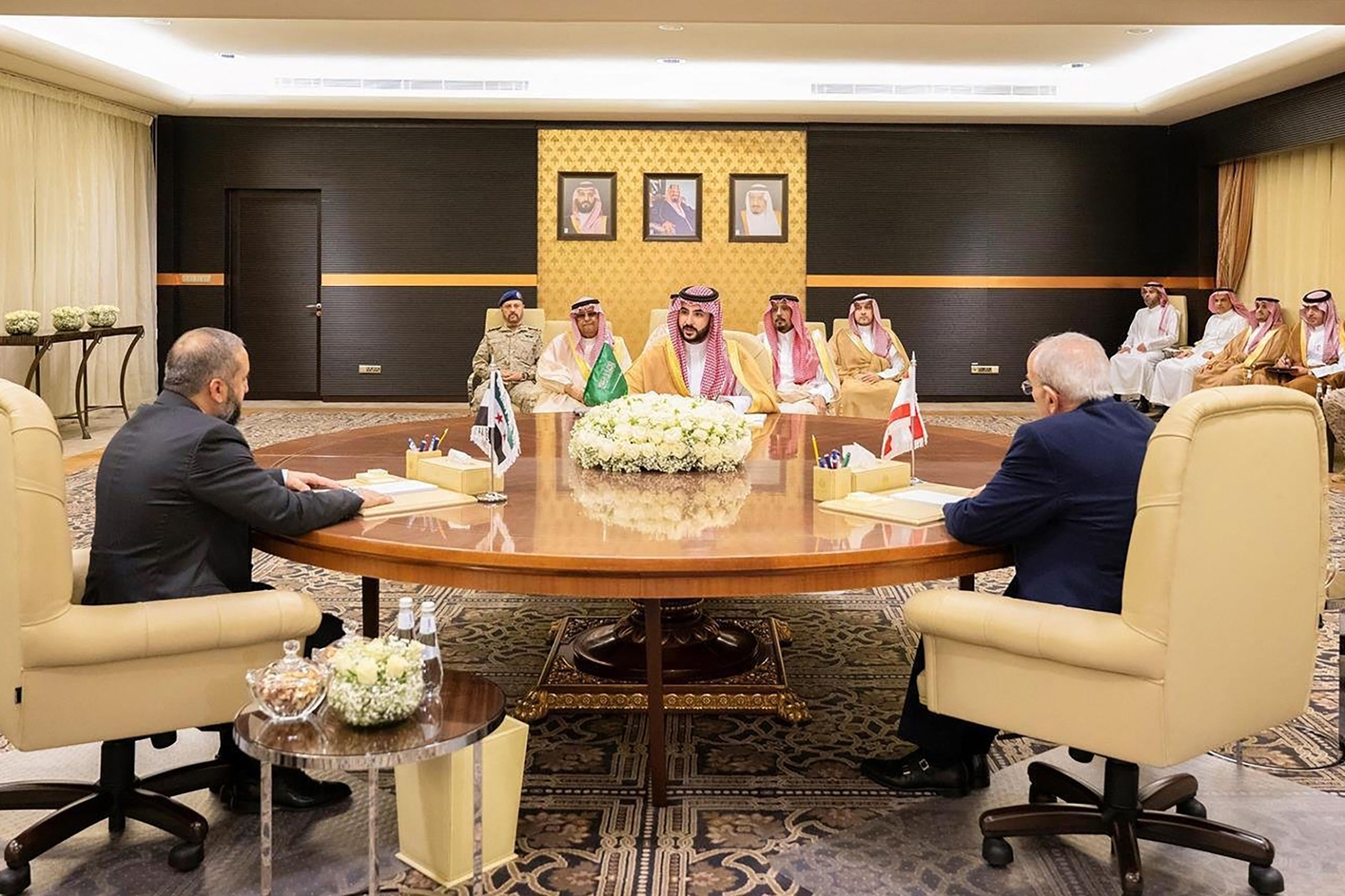A lingering consequence of nearly three decades of French rule in the Levant is a boundary between Syria and Lebanon that remains largely un-demarcated some 80 years after both countries became independent states. The absence of a clearly defined border—particularly where Lebanon’s Bekaa Valley abuts Syria—is much more than a geopolitical enigma. It curtails the ability of both states to secure their respective territories from terrorists, smugglers, and other criminals.
Indeed, an undemarcated border presents many problems and Lebanon and Syria have had their fair share of armed clashes because of this problem. But the fall of the Assad regime in Syria presents an opportunity for the Lebanon-Syria boundary issue to be finally resolved.
Origins of the dispute
As the post-World War I occupying power, France carved out “Grand Liban” from Syria in 1920, adding territory to the Mount Lebanon region (previously a district within the Ottoman Empire) in the hope of creating a jurisdiction where Christians would have a majority.
In doing so, French authorities drew on a 1911 Ottoman map to create their own. But the 1920 French map—and its 1936 update—were both of poor quality and lacked clear border markers. Indeed, a thin line drawn on a paper map can amount to dozens of meters on the ground. And in the turbulent period between World War I and World War II, France had more pressing matters to tend to than properly demarcating the Lebanon-Syria border, so by the time it was ousted from the Levant in the 1940s (something France had not anticipated), it left without ever getting around to settling the border issue.
Serious moves towards demarcation in post-independence Lebanon and Syria never followed. Indeed, the view of all Syrian governments from 1946 through 2024 was that France’s amputation of Lebanon from Syria was illegitimate and Lebanon would eventually be reabsorbed. This meant that the idea of recognising—much less marking—an official border with Lebanon was a waste of time for the Syrian state.

And although Syria did engage in talks with Lebanon in the 1960s, centred on the latter’s desire to transfer the Golan’s Shebaa Farms from Syrian to Lebanese jurisdiction, Damascus never granted such a transfer. Lebanese residents of this area present property deeds to support their ownership claims, but the confusion can be primarily attributed to France’s indifference toward clearly defining boundaries for the Levant territories it ruled under League of Nations mandates.
That indifference helped give rise to two existing Golan Heights-related disputes between Lebanon and Israel: the sovereignty status of the Shebaa Farms (including the Kfar Shuba Hills); and the location of the United Nations’ “Blue Line” currently dividing the village of Ghajar.
These particular disputes, however, can be mitigated (a) when Syria’s new government confirms to Lebanon that both locales are Syrian territory occupied by Israel, and (b) when the United Nations reassesses cartographic evidence that may have mistakenly drawn the Line of Israeli Withdrawal (the Blue Line) through Ghajar instead of north of the village in the year 2000.
Both steps would thoroughly undermine Hezbollah’s purported claim to be a "resistance" group fighting Israeli occupation of territory belonging to the Lebanese state, something it uses as justification to maintain its weapons arsenal. But the inputs of either Israel or the United Nations are not necessarily required to settle the border dispute between Lebanon and Syria. In fact, it is something that can be resolved bilaterally.
Aside from six official border crossings and the Nahr al-Kabir stream in Lebanon’s northwest, there is scant evidence on the ground as to where Lebanon ends and Syria begins. Despite this ambiguity, for some 15 years the United Kingdom (with additional input from the US and Canada) has provided significant assistance to Lebanon’s four Land Border Regiments, including the construction of several hi-tech border surveillance towers along the (undefined) boundary in the Akkar, Bekaa and Arqub regions.

However, enforcing Lebanese border security on the Syrian front (given the absence of a parallel effort on the Syrian side) is tantamount to clapping with one hand—it just doesn't work. And now there is mounting pressure on the Lebanese Armed Forces to deploy personnel south of the Litani River to disarm Hezbollah and secure the Lebanese side of the Blue Line in accordance with a ceasefire.
A rare opening
The fall of the Assad regime presents an opening for Syria and Lebanon to cooperate on border security. As a practical matter, defining the boundary on the ground will make it easier for the two sets of military and police to establish control in populated areas within their respective jurisdictions and to collaborate in joint operations against terrorists, smugglers, and criminals taking advantage of the unpoliced regions and challenging terrain between the two countries. A clearly marked border could even lead to the creation of joint boundary security units capable of conducting hot-pursuit operations across one jurisdiction to another.
Producing a clearly defined, mutually agreed-upon boundary will not be easy. Under the Assad regime, Syria was never willing to cooperate. However, in March of this year, the new Syrian government of Ahmed al-Sharaa signed an agreement with Lebanon to initiate negotiations to demarcate the boundary once and for all. Signed in Riyadh, the deal calls for the establishment of joint mechanisms to oversee the border's security once it has been formally set.
Whether the new Syrian government possesses the necessary expertise to handle a boundary issue complicated by over a century of official political indifference, cartographic shortfalls, and villagers in remote areas living their lives without regard to an invisible national boundary, remains to be seen, but the answer is probably 'no'.
Securing an area more than 300 kilometres in length and combating terrorists, smugglers (most notably drug runners), common criminals, and others using boundary ambiguities to engage in illegal activities and avoid apprehension is no easy undertaking. Therefore, mediation by a third party—with assistance from other good-faith actors— could play a helpful role here. The US—perhaps in conjunction with the UK and Saudi Arabia—can provide valuable services in this regard.

A friendly push
With the cooperation of Beirut and Damascus, the State Department’s Office of the Geographer and Global Issues could undertake an expedited study of the boundary in question—one that could identify the most difficult challenges surrounding the issue. These include: conflicting claims and bilateral disputes already on the record, populated areas vulnerable to political partition, and challenging terrain.
The Office of the Geographer and Global Issues has a recognised record of supporting US mediation efforts both through cartography and creative approaches to drawing lines on land and at sea. It would also be able to tap into profound expertise on these matters resident in the United Kingdom, France, and elsewhere.
With a definitive report in hand Washington could—perhaps in conjunction with partners—take the lead in two areas: providing technical assistance to Syria in forming an expert boundary commission capable of interacting with a Lebanese counterpart; and providing mediation services aimed at overcoming the most vexatious problems associated with demarcating the boundary, as identified in the requisite study.
US mediation services could even extend to assisting the two countries reach an agreement on a maritime separation line in the Mediterranean Sea—one that would define each country’s exclusive economic zone for the potential exploitation of hydrocarbons beneath the seabed.
For the first time ever, there is a government in Syria that appears fully reconciled to Lebanon's independence. This presents a unique opportunity to foster stability in a region that has been mired in conflict for decades—one that should not be missed.












